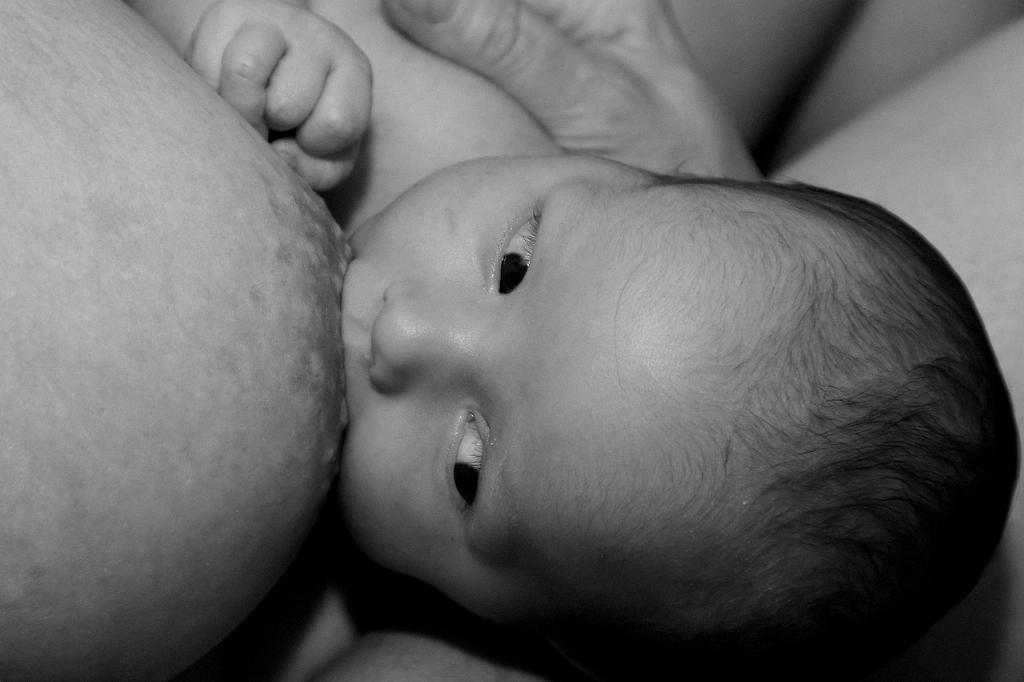After three months of breastfeeding, you may notice some significant changes in your breastfeeding journey. One of the key changes is that by this time, your hormone levels have likely stabilized, leading to a more consistent milk supply. This means that frequent breast stimulation and milk removal become even more crucial to maintaining a healthy milk production.
Another important aspect of breastfeeding at the 3-month mark is that your body has become more efficient at producing milk. Unlike in the initial weeks postpartum where the body was still adjusting to the demand, by the third month, your breasts are better at responding to your baby’s needs, resulting in a smoother breastfeeding experience.
Additionally, after three months of breastfeeding, your baby’s feeding patterns may have become more established. This could mean longer stretches of sleep for both you and your little one as they start to space out their feedings. While this can provide some much-needed rest for tired parents, it is essential to continue to prioritize regular feedings to maintain a healthy milk supply.
Furthermore, at the three-month mark, you may find that breastfeeding has become more comfortable for both you and your baby. As you both become more familiar with the process, latching and positioning may become second nature, leading to a more enjoyable breastfeeding experience overall.
Another benefit of reaching the three-month milestone in your breastfeeding journey is that your baby’s immune system continues to strengthen through the antibodies present in your breast milk. This can help protect your baby from illnesses and infections, providing them with essential nutrients and protection during this crucial stage of development.
Moreover, many mothers find that after three months of breastfeeding, they have established a strong bond with their baby through the intimate act of nursing. This bonding experience can create a sense of closeness and security for both mother and child, fostering a deep emotional connection that can have lasting effects on their relationship.
As you continue breastfeeding past the three-month mark, you may also notice changes in the way your baby interacts during feedings. They may become more alert and responsive, making eye contact, and even smiling during nursing sessions. These interactions can enhance the bonding experience and add an element of joy to your breastfeeding journey.
Additionally, by the three-month point, you may start to introduce your baby to solid foods, complementing breastfeeding with nutritious food options. While breast milk continues to be the primary source of nutrition for your baby, incorporating solids can offer new tastes and textures, expanding their palate and providing essential nutrients for their growth and development.
Furthermore, after three months of breastfeeding, you may find that your milk supply has regulated, leading to a more predictable feeding schedule. While this can offer a sense of routine, it is essential to continue to respond to your baby’s hunger cues and feed on demand to ensure they are receiving enough nourishment and to maintain a healthy milk supply.
Another significant change that may occur after three months of breastfeeding is a shift in your body’s postpartum recovery. Breastfeeding can help with uterine contractions, aiding in the shrinking of the uterus and potentially aiding in a quicker return to pre-pregnancy weight for some mothers.
Moreover, breastfeeding beyond three months can also offer long-term health benefits for both you and your baby. Studies have shown that extended breastfeeding is associated with a reduced risk of certain health conditions for both mother and child, making it a valuable investment in your family’s well-being.
In conclusion, reaching the three-month mark of breastfeeding is a significant milestone that brings about various changes and benefits for both you and your baby. From stabilized milk production to enhanced bonding experiences, breastfeeding after three months continues to offer a wealth of advantages that contribute to the overall health and well-being of you and your little one.

